Most people who are successful at whatever they do, are good at goals. Setting them and meeting them. The more frequently and quickly that happens, usually the more successful that person is in whatever they’re trying to do.
This is momentum. The process of continually setting and accomplishing goals is momentum. And it’s as real for photographers as for anyone else. When a goal is met, there’s a spark of emotional energy released for the pursuit of the next goal. In this way, we can ride the wave of momentum.
“There are moments in this process of growth when you achieve a level of competence in which you finally know for sure that you can create. This does not happen by faith, or affirmation, or self-hypnosis, but by the actual experience of accomplishment.” – Robert Fritz, The Path of Least Resistance
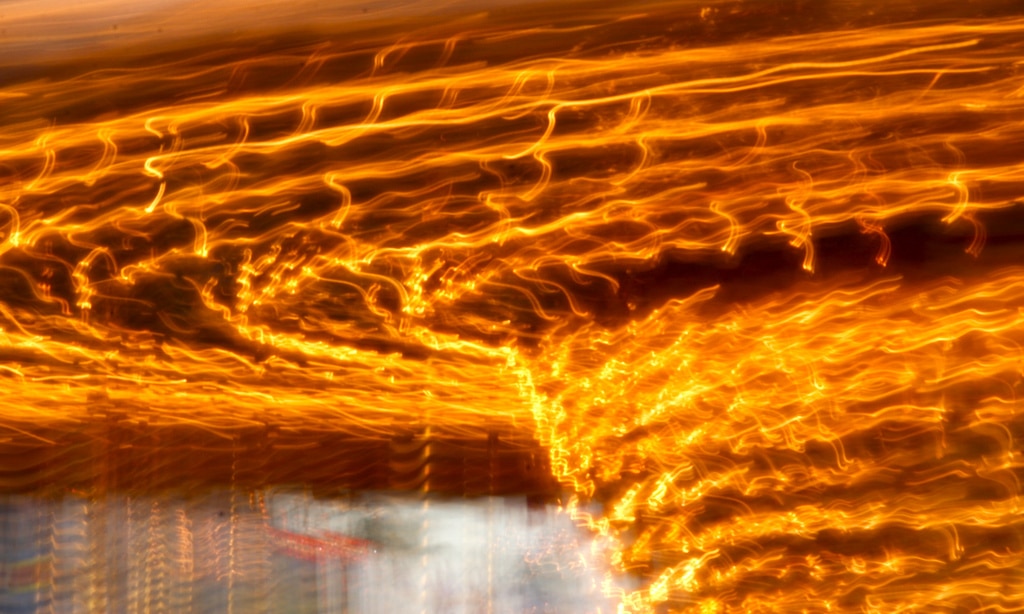
Photo by Kevin Dooley
As we meet our own goals, we also, in a sense, prove to ourselves that we are capable of accomplishing our goals. It almost seems paradoxical.
As we progress along whatever path we are on, we are always in a similar routine. We’re learning from the situation: how we should act, what we should do, how to do it. At a point, we meet a sufficiency in what we have learned, and we act. We start to create, whether that be a painting or a new job. We start to create that thing, that situation, whatever it is. Then, after a time, we’ll slow down and look at what we have done. This is where we assess what we’ve created. We either see that we met our goal as expected, and we can affirm that. Or we can see that we didn’t meet the goal and learn from why not, and that is affirmed. With affirmation often comes the energy to begin learning again. “I did it, I can do it again!” or “I didn’t do it, but I know why, lets do it again!”
But momentum is built when we move from one goal to the next. It’s not in any one one goal. It’s much easier to change the direction of something which is moving, than to make it start moving again after it stops. That’s true of this process too. The easiest time to begin the “next thing” is immediately after you finish “this thing”. That is why momentum is so important. If we know what to look for in ourselves, our lifestyles and our routines, we can take advantage of momentum’s natural effects and put it to use in our art and in the rest of our lives.
Stopping & Then Starting Again
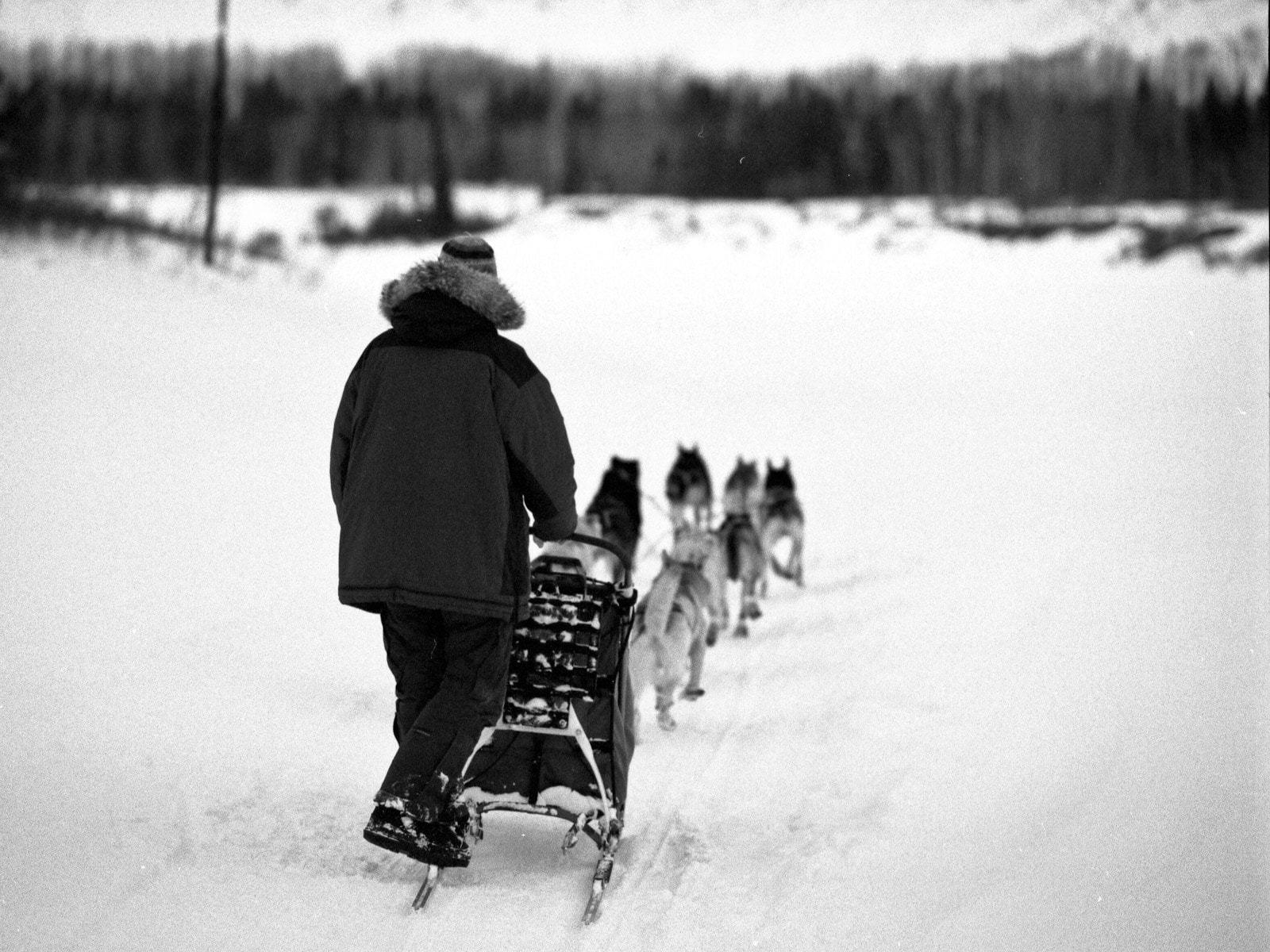
Photo by Anthony DeLorenzo
Do you remember sitting on a sled as a kid at the top of a snow-covered hill. The sled wasn’t sliding down the hill on its own and unless you had an adult available to push you, you had to do an awkward little scoot-move over and over to finally get the sled going. As you got older, you realized that if you stood up from the sled and got a running start before jumping on the sled, not only would it move, it would practically fly.
You needed momentum to get that sled to go anywhere. Momentum in our actions, or ambition, or development isn’t altogether different from the story of that sled stuck at the top of the hill.
Imagine you want to try using mixed light at a nearby nature preserve. Maybe you had the idea weeks ago. You went ahead and got started by checking out the nature preserve’s website right away. But you didn’t do anything with that at the time, and that was so long ago, you’ve forgotten the relevant information you found there.
Like the kid scooting awkwardly on his sled, unable to get the thing sliding, you did an awkward little scoot when you checked out the nature preserve’s website. In actuality, checking out the website is an important step in a process involving momentum, but itself doesn’t produce the momentum to get the process started. Again, it’s almost paradoxical.
Get a Running Start
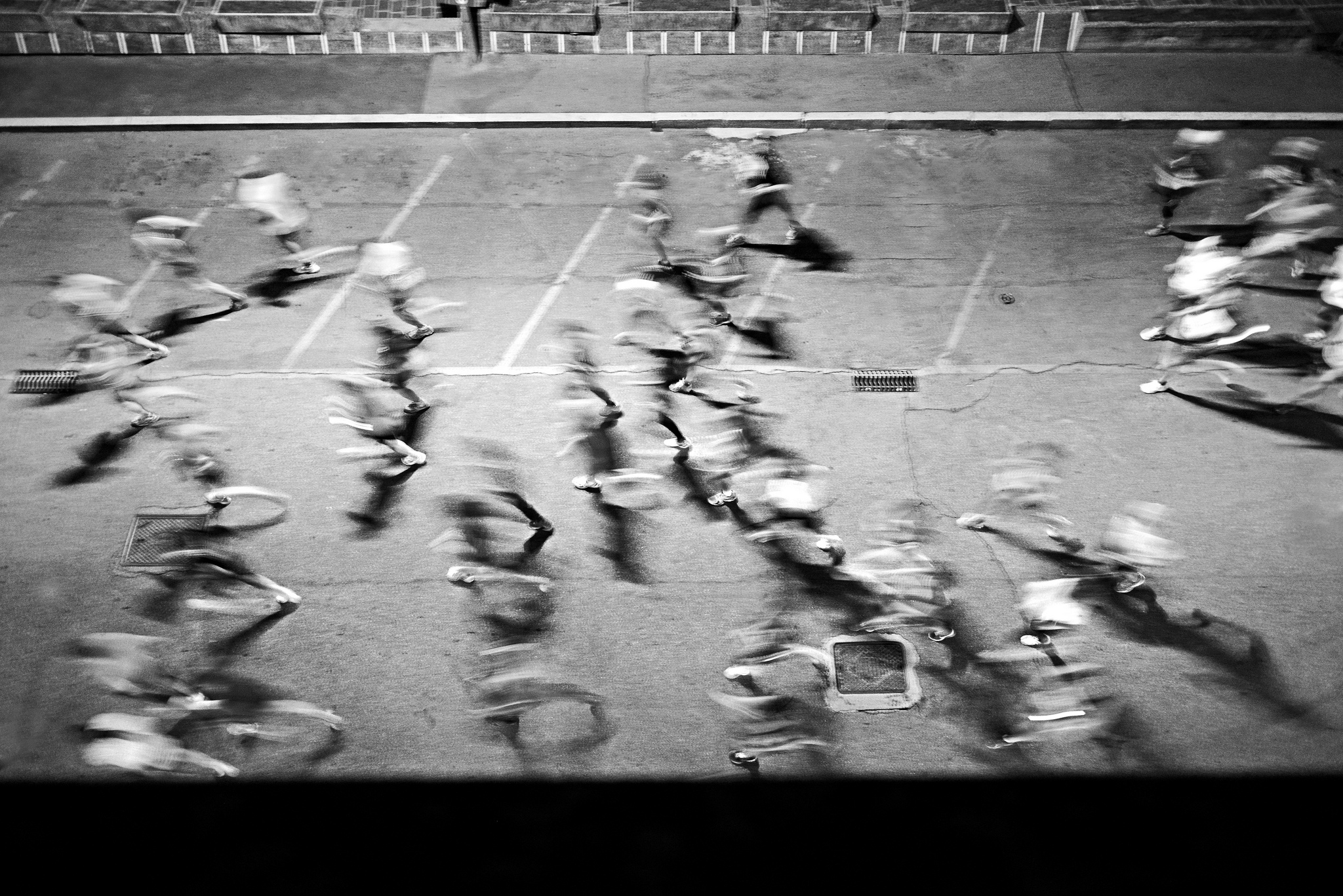
Photo by Angelo Amboldi
The thing we want to do, or create, or experience, or possess is like the hill covered in snow. We want to get down the hill–we want to achieve, create, experience or possess this thing. Many of us are still awkwardly scooting. That’s okay, but you’re not going to get down the hill as fast, or have as much fun doing it.
The kids who are flying down the hill over and over have realized that successfully doing so starts at least a few feet behind the sled. They get a running start before they even touch the sled, and when they do, the thing they wanted–to go down the hill really fast–is given to them.
So consider again the mixed lighting shoot in the local nature preserve. What does it look like to stand up off the sled and get a running start?
Well, as I said, checking out the website was an important step, but it was disconnected and didn’t have momentum of its own. The reason being that it was disconnected from the concept of commitment. You were just checking out a website, no big deal.
Commitment could be seen like the legs of the kid running toward the sled, about to jump on. With each step coming from the last and leading to the next, and each one improving the certainty of flying down that hill. So commitment is fundamental to riding the wave of momentum.
When you checked out the website, you needed an element of commitment in there. That could have been something as simple as writing down the relevant information in your notebook. Or it could have been creating a reminder to call the nature preserve tomorrow, or it could have been making the call right then.
By introducing an increasing level of commitment as we approach our goal, we increase the chances of accomplishing it. That might seem self-evident. What is less so, though, is that actions which close a commitment and open a new one on the other end are generating momentum.
After thinking of the idea to shoot at the nature preserve, you commit to yourself to check it out when you get home by creating a new to-do. Then when you get home, you satisfy the first commitment by checking out the website, and create a new commitment to yourself by writing down important information or calling the facility for clarification. The awkward scoot becomes a stride in a series of steps leading to a desired end.
At this point you’ve created an environment of commitment with yourself. This is an idea you are taking seriously and it will be allowed to take up residence in your mind. This might be seen as meeting the first very small goal: The concept has become real to you through your commitment, and there is a spark of social energy in there for what’s next.
Now that you have an idea with material potential, you look for a subject. Maybe you look through your Facebook friends, and when you find someone, you make no mistake about your intentions: “I want to try working with mixed light at a local nature preserve, will you help me?” You commit your idea to this other person. The commitment now is of greater consequence, but it is still necessarily relative to your distance from the “sled”.
At this point, it might be appropriate to choose an actual time for your shoot, and the commitment deepens. After that you might have to work with a makeup or fashion artist, and the commitment deepens still further. With each step beginning and ending with commitment, you’re momentum is increasing, and the path ahead of you is becoming clearer.
Momentum from the Small Stuff
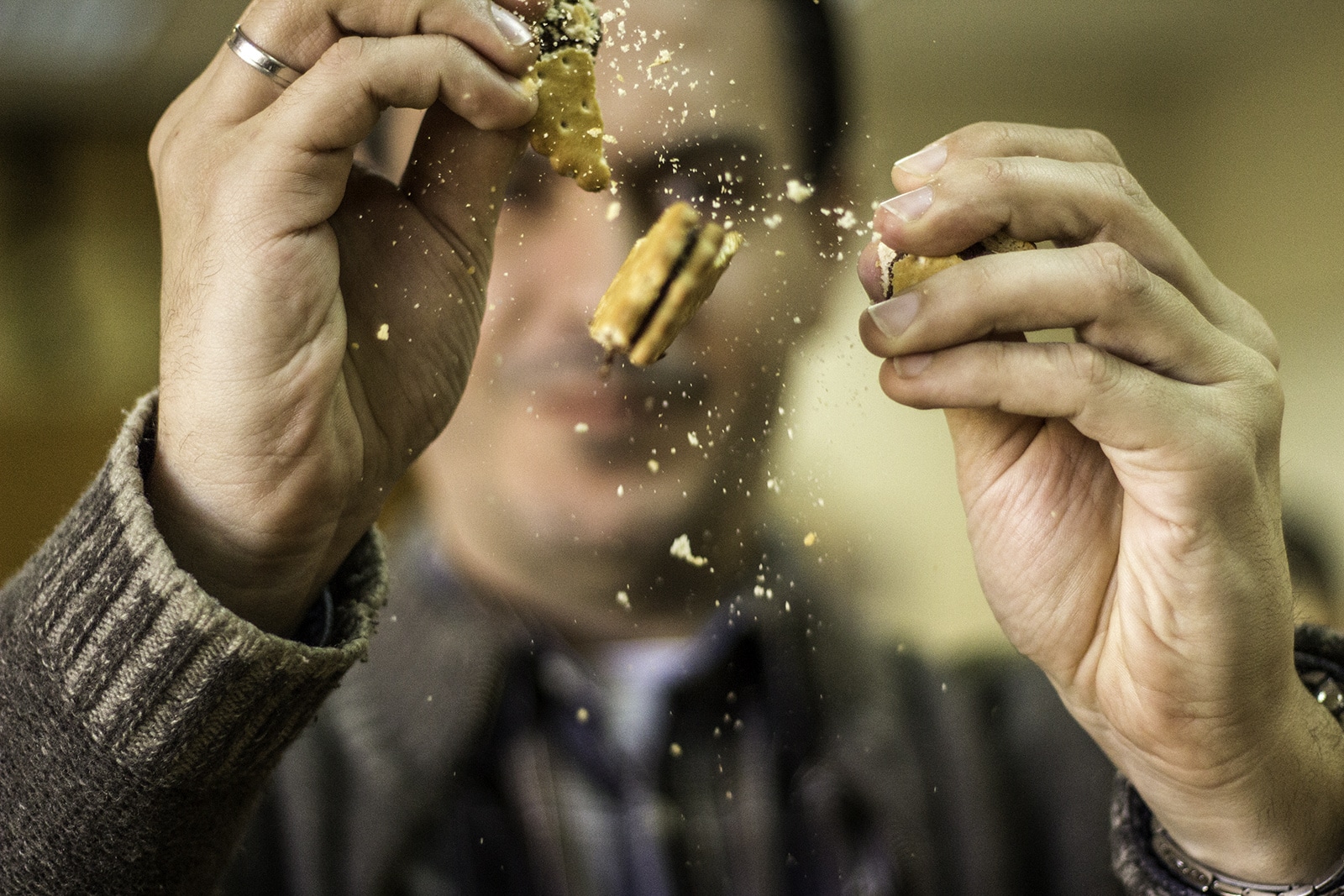
Photo by Marjan Lazarevski
In very practical terms, let me show you how I have designed my own life to take advantage of momentum in some really small, but meaningful ways.
In my life, I am free to manage all of my own time. This is, of course, a blessing and a curse. The tendency for inaction can be so strong, especially without an externally imposed schedule, it’s important for me to take advantage of momentum when I can generate it.
I manage myself using a comprehensive series of to-do items. For those who are interested, I keep track of them using software called Things for Mac and iPhone. It is excellent software, although the current version is growing long-in-the-tooth. I digress.
It doesn’t feel like setting a goal in the morning to “brush your teeth” or “eat a muffin” makes much sense. Realistically, they’re going to happen regardless. But, after waking up in the morning, it can be so tempting to just sit and browse whatever the internet has churned out overnight. So, by thinking of them as ridiculously small “goals”, I get to take advantage of the momentum they’re naturally generating.
The morning might go like this: I wake up, and climb out of bed. Taking a quick look at my list: “Brush your teeth” and “feed the dog”. So I go straight into the bathroom to brush my teeth, and then on the way out, I grab a fresh scoop of dog food from the closet outside the bathroom and drop it off in his bowl.
I’ve just accomplished two small goals very fast. The fact that they are to-do items has served as the necessary sense of commitment to myself. And now, there’s a spark of emotional energy there–especially as I get to start my day by crossing things off my list. My mind is more ready to face the next thing which could be a bit more demanding.
So I look at my list again: “Stretch” and “get a little exercise”. A few minutes ago, getting some exercise would have seemed very unappealing. But now, I’m starting to ride the wave of momentum. Since exercise doesn’t require a lot of mental energy, it’s easy to just put on my shoes and do it. The physically extraneous nature of the activity leaves me with especially high spirits when I’m done. The spark of energy is a little stronger this time.
Having been brought to sharp alertness by physical activity, I glance at my phone yet again: “Eat some breakfast” and “read”. After spending a few minutes making some breakfast, sitting down to read and eat is easy. As I read, I find I’m often inspired with ideas for my coming tasks. As I read, I can sense momentum building. By the time I finish reading, I feel an eagerness to get onto my bigger more serious tasks. Moments after I woke up, they would have seemed impossible. Even hours after I woke up, if I failed to generate momentum or take advantage of existing momentum, I might still see those tasks as extremely unappealing or just too big.
Momentum for the Big Stuff
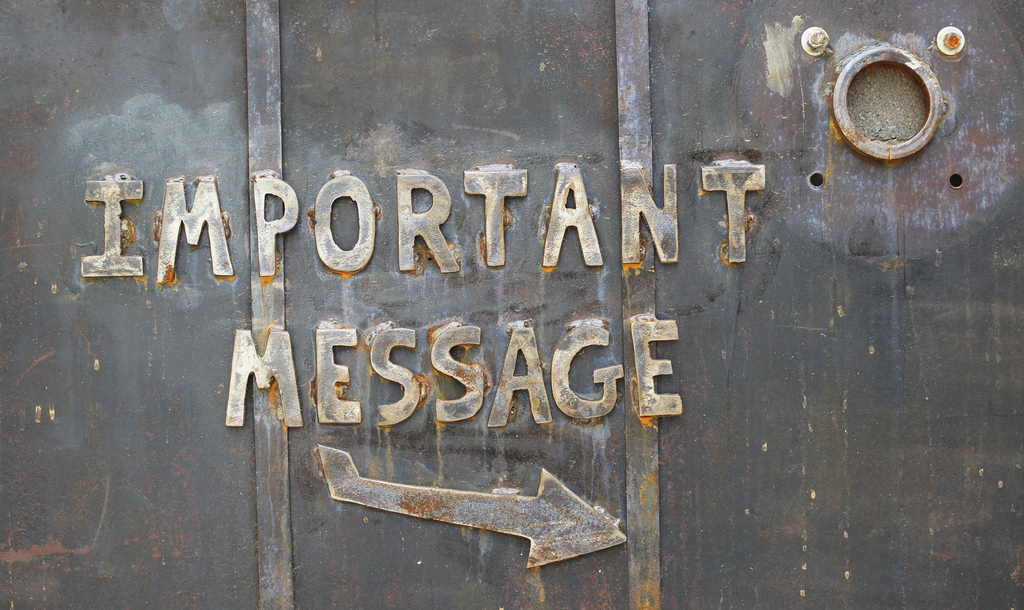
Photo by Patrick Denker
You can see how I’m taking advantage of momentum in my morning routines. And this is, I believe, the same thing that’s happening on a larger scale as well.
So what does it look like to generate momentum in the bigger stuff?
Lets think back to the shoot at the nature preserve. You can see how momentum can influence the process leading to the shoot. By taking small, commitment-based actions, one after the other.
In the beginning your committed actions were small–checking out the website, maybe making a phone call or two. You were scoping the situation out and learning. Then your commitments took on more weight as you involved another person. The concept became real as you consulted with fashion designers and makeup artists. By the time you were actually shooting, you were in the creating phase. During editing, you began transitioning from creating and into assessing. Not only did you continue to create as you determined the most important alterations to make, but you also began developing an opinion on how well you did. And finally, when you posted the images on Facebook and tagged your friend, you affirmed what you’d done, for better or worse.
Just like after I brush my teeth and feed my dog in the morning, there is a spark of emotional energy after you have affirmed what you’ve created.
It’s decidedly easier to take advantage of momentum when you know where you are trying to go. At first it might just be to learn how to use mixed lighting. But by the end, it might be to create an entire series of mixed-light, nature preserve themed portraits for a local art show. Sometimes big ideas can be transient, that’s okay. But having something to aim for helps.
So lets say that’s the case, after the first shoot, you realized there was so much more there than you could get in one shoot. You resolved to find 5 more subjects to work with under similar circumstances. And when you’re done, you’re going to display them in an art show.
This one shoot, with all of its small steps has become a small step in a larger process. Taking advantage of momentum on that scale is the same: Take a commitment-based step. Immediately after sharing the photos from your first shoot, you might contact another friend and say “You may have seen the photos I posted recently. I am planning four more shoots in the same location and I’d like your help”.
As the scale changes, so does the degree of commitment. Notice in the way you might have asked your friend to help, you not only asked for help, but also revealed your intentions to do four other shoots in addition to theirs.
Intentions out in the open become a kind of internal commitment.
Another example of the changing degree of commitment with the scale of your goals is seen later in the process as you attempt to land your photos in a show. As you do your research, you find that these people are speaking in no uncertain terms: They’re looking for respectable artists to showcase. You may find your momentum moving at a substantially faster pace as you make the internal commitments around “being a respectable artist”.
Knowing Where You Want to Go & Going with the Flow
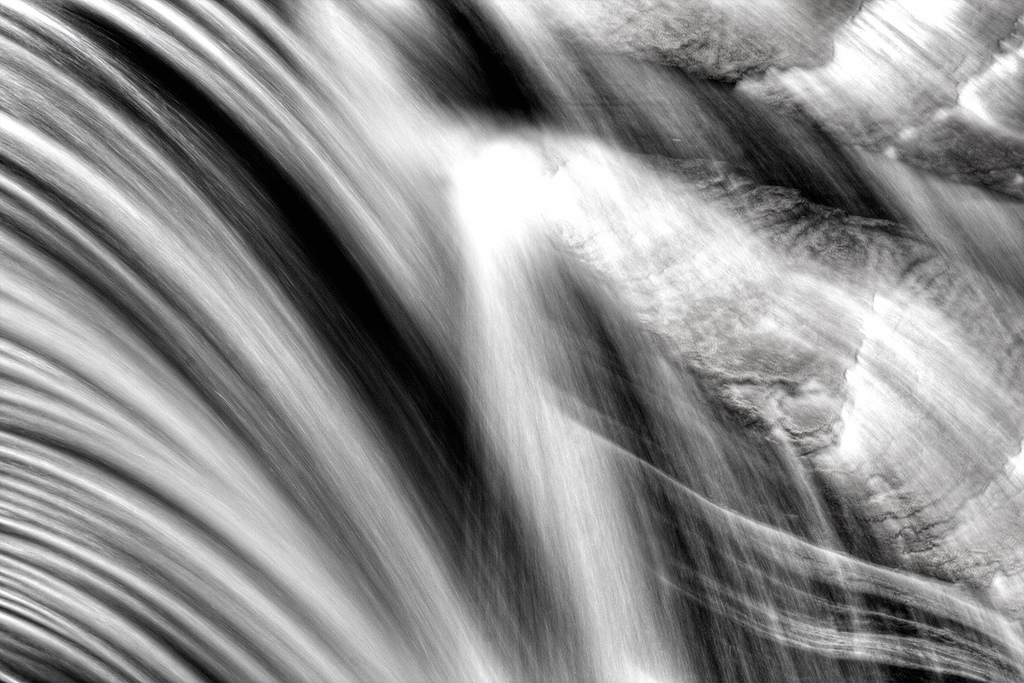
Photo by Adam Baker
As I said before momentum is easier to generate and take advantage of when you know where you’re going. If you didn’t know you wanted to go to the movies, there isn’t anything about the momentum of the car that will be particularly useful in helping you get there. If you didn’t know you wanted to go to the movies, you might end up at the beach. While the beach might be fun, you’re still going to get left out of the pop culture conversations.
Knowing where you want to go is a good thing. For example, I use momentum in my day to help keep me excited about work, and to get me to a part of my day where I can work on personal projects or socialize without neglecting important tasks. Those are my goals with each day: Enjoy working, Work on personal projects, socialize.
Figuring out what you want in any given moment, or hour, or year, or life, is not a task with an easily prescribed method to success. You might try vetting out your critical assumptions. Doing some charity work. Changing a basic condition of your lifestyle. Projection map your life 5 years down the road.
I don’t know if any of those things will really work to help you figure out what you really want. I’m sure the effectiveness of any “technique” varies from person to person. So, as far as momentum is concerned, I believe that treating what we want as transient is the best course of action.
The desire to shoot some portraits in a nature preserve, might turn into the desire to shoot a whole series at the nature preserve. Which might turn into a desire to shoot the nature preserve itself for charity. Which might turn into a desire to support nature preservation with your camera. Which might turn into a thriving non-profit that’s both exhilarating and rewarding. From the standpoint of the person who wants to go and shoot some portraits in a nature preserve, the non-profit is about a million miles away. And that’s okay. Having no clue about the non-profit in the future would be a terrible reason to not shoot those portraits in the first place.
A five year plan might allow you to be strategic, but when we’re trying to generate and take advantage of momentum, we should at least be going with the flow.
Just pick any goal. Get some portraits in the nature preserve. Attach some kind of commitment to it and go. Generating momentum and going with the flow can take you all over the place. And the momentum can mostly keep moving so long as you continue to say “yes” to appealing opportunities.
A Final Word About Momentum
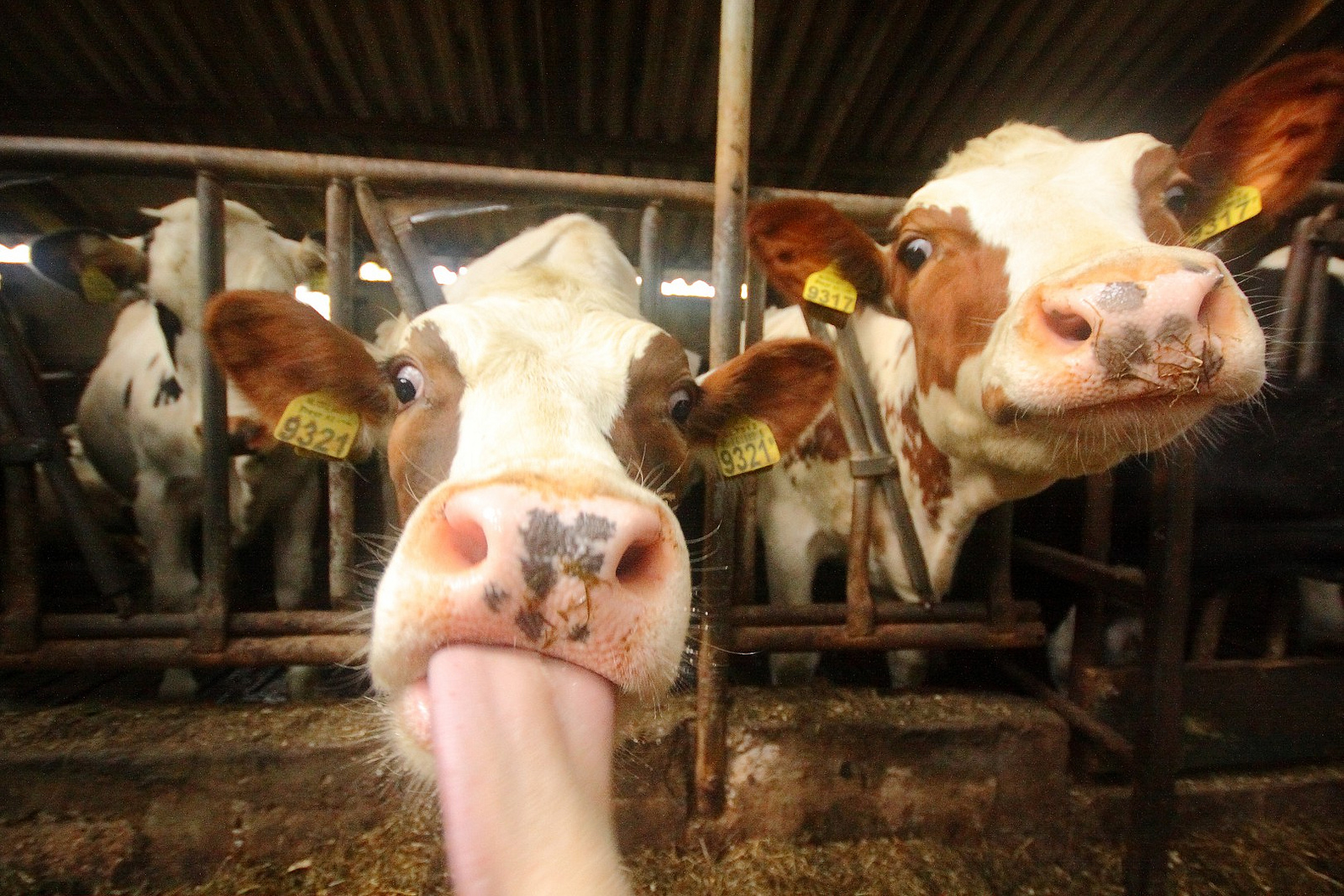
Photo by Red Junasun
The concept of generating or harnessing momentum is something that I wish I’d become keen on earlier in life. As a kid, I could see momentum at work when I’d suddenly have the urge at 10pm to rearrange my bedroom and wouldn’t stop moving until it was done and the room was spotless–even though cleaning my room at any other time was a slow and almost never-done process.
As I have gotten older I’ve discovered that the difficulty, pleasantness or unpleasantness of any task has less to do with the object of that task than it would appear. It has a lot more to do with my “stride” and momentum.
I cannot say for certain how momentum works in your own cocktail of personality traits and motivations. But if the principles of momentum are almost always true, we just have to figure out their context.
Start Small. Attempt to observe momentum in your smallest actions. Brushing your teeth. Taking out the trash. Responding to emails.
Keep a log. The more ‘data’ you have about yourself the better. You might consider using a spreadsheet to track statistics about your day to day life, such as hygiene activities, meals, exercise and mood. You might also want to track the conditions and your feelings of any creative projects your start.
Pay attention to your behavior before and after successes or failures. The easiest time to move onto the next thing is as soon as the first thing is done. Pay attention to whether you’re taking breaks and killing momentum.
I would love to hear how you’re using momentum to make your life easier, more fun, or more rewarding. I’m always on Twitter and I’d love to hear from you!


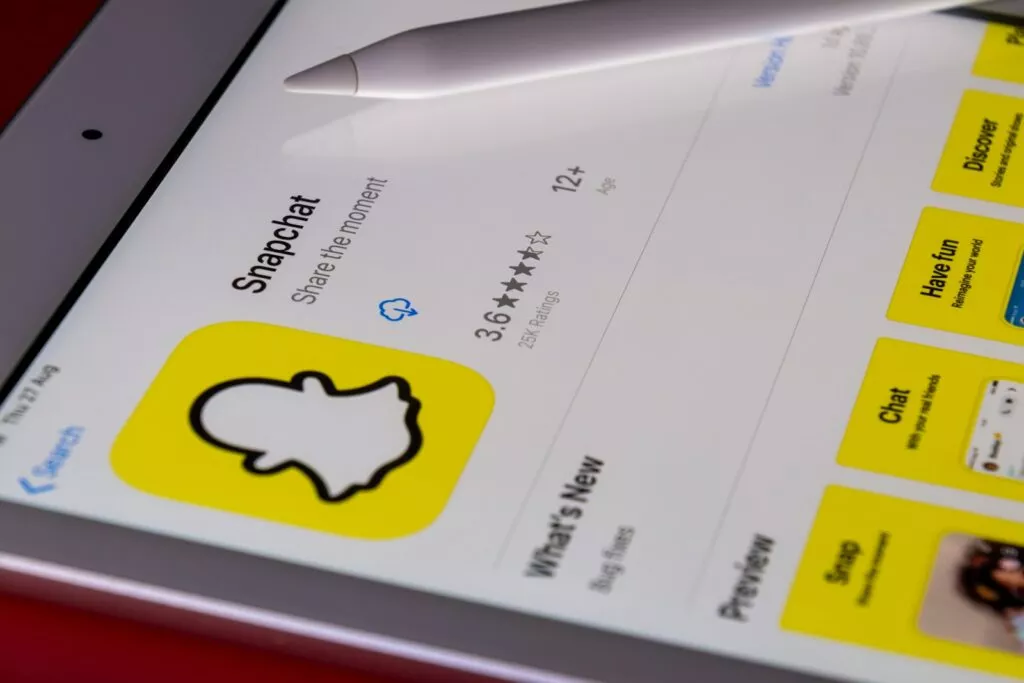



3 Comments
My Dear William – Hat off!! I feel well-placed to affirm the relevance of your article – I am 71. I started DSLR photography 4 years ago. My shots are meant for a book I am writing. Ah, and your clear writing style has that elegant simplicity that I am struggling to achieve.
Warm Regards from Mauritius
Great article. I’ve unconsciously noticed this momentum before and am amazed how much I can accomplish when I get in the “momentum zone.” Thanks for taking the time to share; I think I’ll bookmark this and use it from time to time as a little kickstarter (or as you so perfectly put it, to get that running start before I jump on the sled).
Wow! Thank you! I had stumbled onto ‘Light Stalking’ just today, and find this article very enlightening, resourceful, and inspiring. I am 56, just lost my job, and have been feeling a bit lost. I shoot for myself, and long to have a place in the photography world that generates income. It’s never too late to start, yet starting is the biggest challenge. After reading your insightful words, confirms that a person just needs to begin the momentum, and continue from there. Here’s to setting goals, and evolving, and being rewarded.
Cheers!
Tom